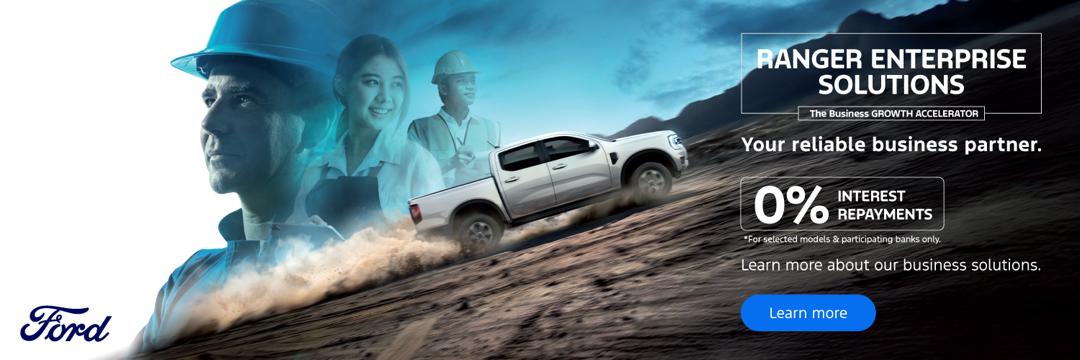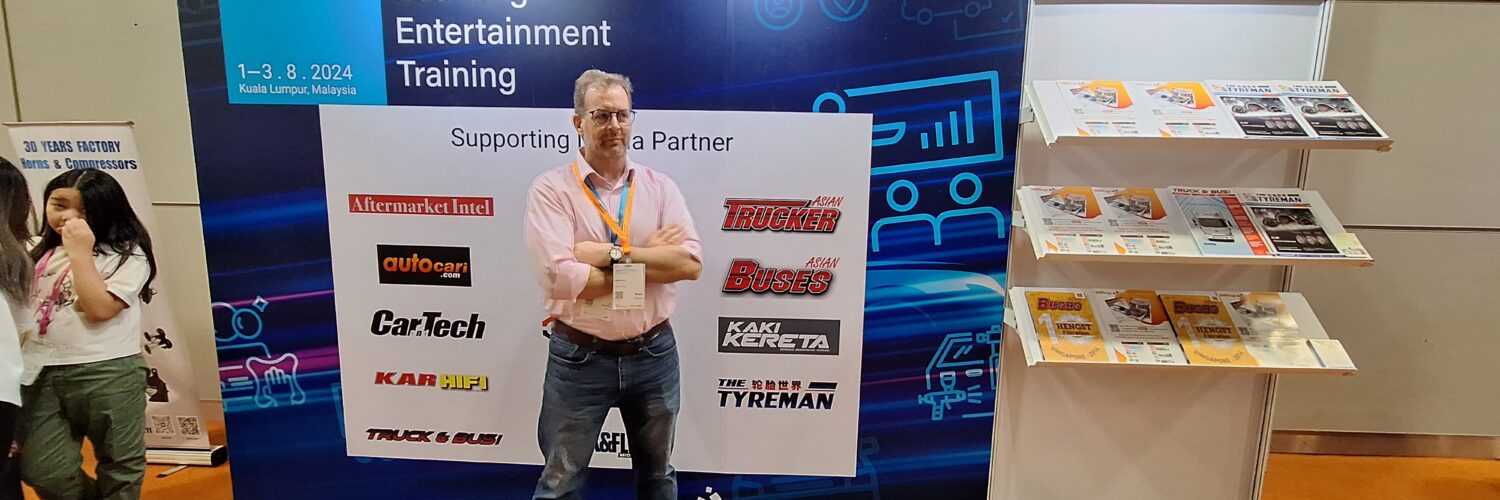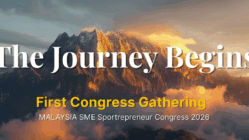What follows is not just an article from the interview, but my reflection on how one man’s curiosity evolved into a platform that now connects, champions, and chronicles the commercial vehicle ecosystem across Southeast Asia.
By Aileen Anthony. Photos by Stefan Pertz
Instinct
There’s a saying in logistics: if you bought it, a truck brought it. But Stefan Pertz sees trucks as more than just logistics—they are the veins of the economy. Over the past 18 years, he’s built something that mirrors this sentiment—an ecosystem dedicated to commercial vehicles that began with a gut instinct that something vital was missing.
Today, Stefan is the driving force behind Asian Trucker, a magazine that’s far more than ink and paper. It’s a communications platform, an industry connector, and a narrative engine for an often invisible sector. But the story didn’t begin with trucks. It started with displacement.

Commit
When Stefan arrived in Malaysia in 2008, the global financial crisis was in full swing. He had just relocated to open an office for a brand consultancy, but the plug was pulled.
“So I asked myself—do I go work for someone or start something of my own?” he said. He chose the latter, starting Launchpad, a B2B brand consultancy.
Networking proved crucial and long-lasting. At one event, he met a gentleman who held distribution rights for commercial vehicle lubricants. Sales were decent, but the company wanted more.
Stefan, ever the brand strategist, probed: “Do you advertise?” The answer was no. “So I suggested they should, but with editorial support alongside ads.” The client agreed, on the condition that Stefan come back with a detailed plan.
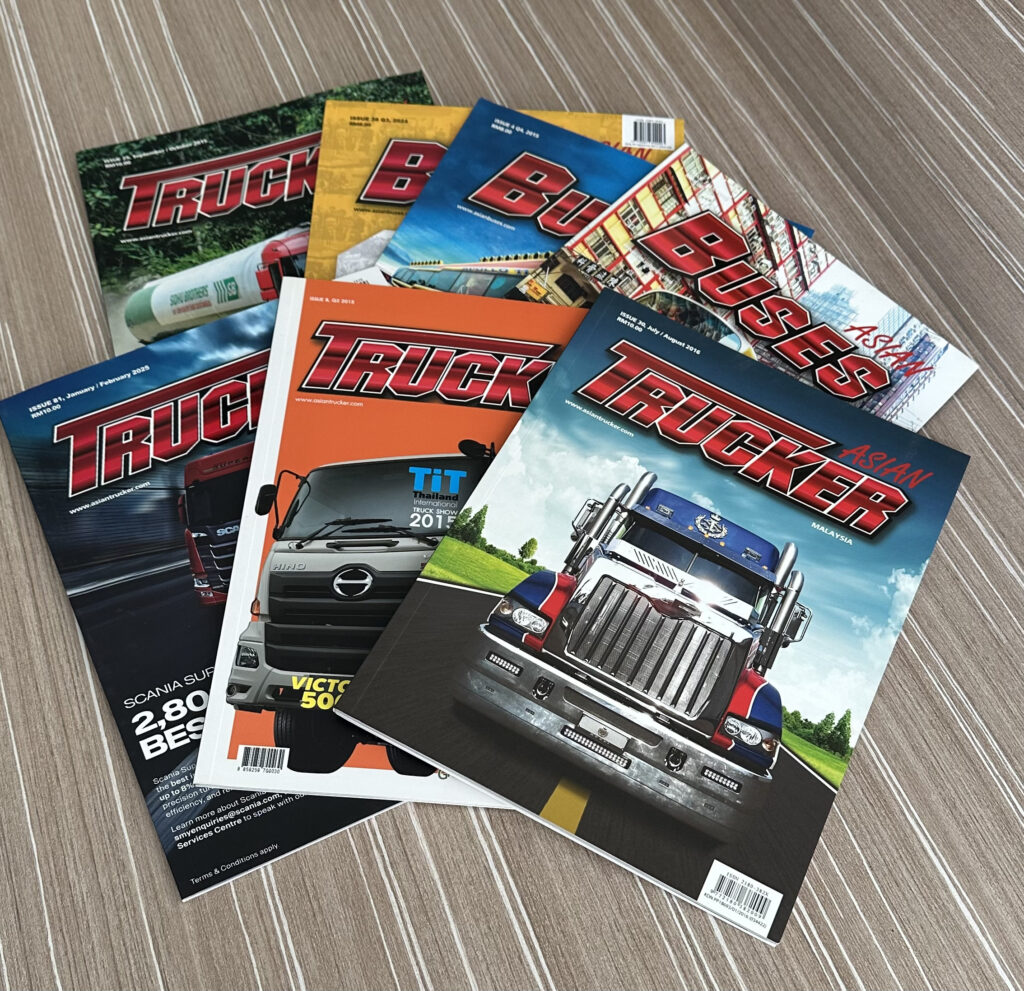
That plan led him on a surprising search for commercial vehicle publications. What he discovered was telling—while there were publications dedicated solely to concrete, there were none focused on trucks..
“That was the lightbulb moment. Where are these conversations taking place? Where are policy makers, NGOs, the government and such potential clients like this lubricant maker talking about trucks?”
Nowhere, it seemed.
“So, we said, let’s create it.” And the Asian Trucker was born.
Own
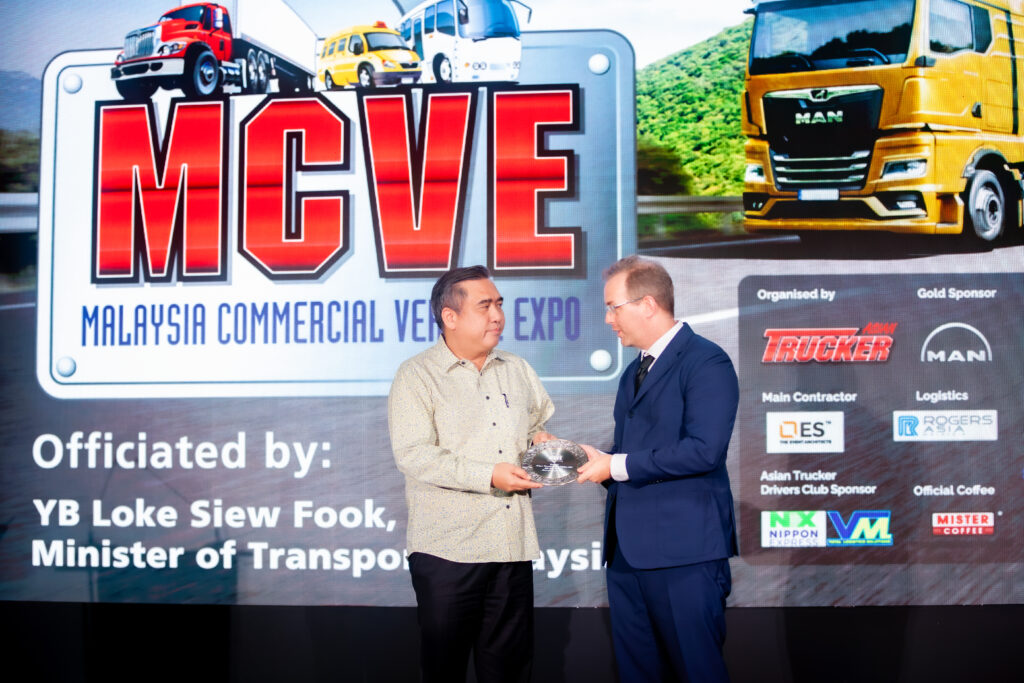
Stefan has never published a magazine before. But he knew communications and brand building. “We went to advertisers and said, we’re doing this, not knowing either commercial vehicles, nor publishing. There will be a steep learning curve, but we’ll learn fast. Just trust us as we have done nothing but B2B communications.”
That honesty, coupled with relationship-building, worked. Advertisers came on board—some through personal referrals, while others were established through handshake trust. But Stefan was never just trying to publish a magazine.
“We never called us publishers. That puts you in a corner. We’ve always said we are premium providers of communications channels for the commercial vehicle industry in Southeast Asia.”
This distinction allowed expansion, not just into Asian Buses, a sister publication, but into e-newsletters, websites, the Truck Drivers Club, and most notably, the Malaysia Commercial Vehicle Expo (MCVE), now in its seventh edition in 2026.
The idea – connect the dots across the trucking value chain. “If we feature you in the magazine, you’re more likely to attend the event. If you’re at the event, we’ll write about you and likely you will meet a like-minded community. It’s an entire support system for business growth.”
Nurture
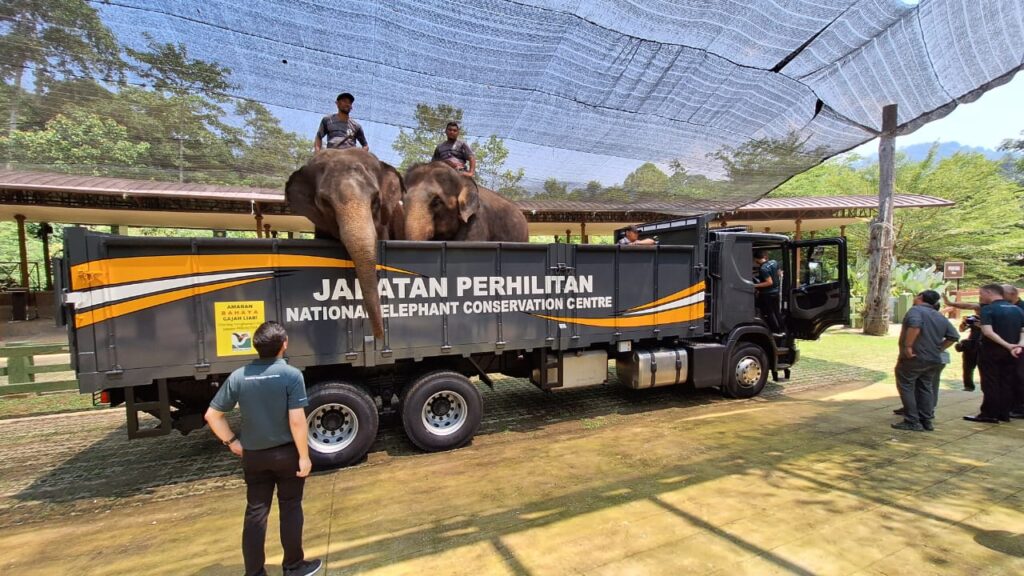
This model—editorial, exhibition, engagement—has helped solidify Stefan’s standing in the industry. But behind the polish are relentless logistics. “Managing print magazines is multi-faceted.. You have to consider content, print quality, distribution, and how to get it into people’s hands. Otherwise, your advertisers won’t see the value.”
In the early days, concerns ranged from selecting a printer with a KDN license to grappling with colour discrepancies due to differences in RGB and CMYK standards.
And yet, Stefan never compromised on quality. Spot UV on covers, proper paper weight, and tight editorials. “Some people think print is outdated. But in this industry, it’s your connection to the market.”
Through it all, Stefan has remained grounded in a belief that building something meaningful takes more than output—it takes care. Nurturing, in his world, means showing up consistently, setting high standards, and investing in the small details others often overlook. It’s how trust is built, how credibility is earned, and how to be a voice that not only reflects change but dares to initiate it.
Initiate
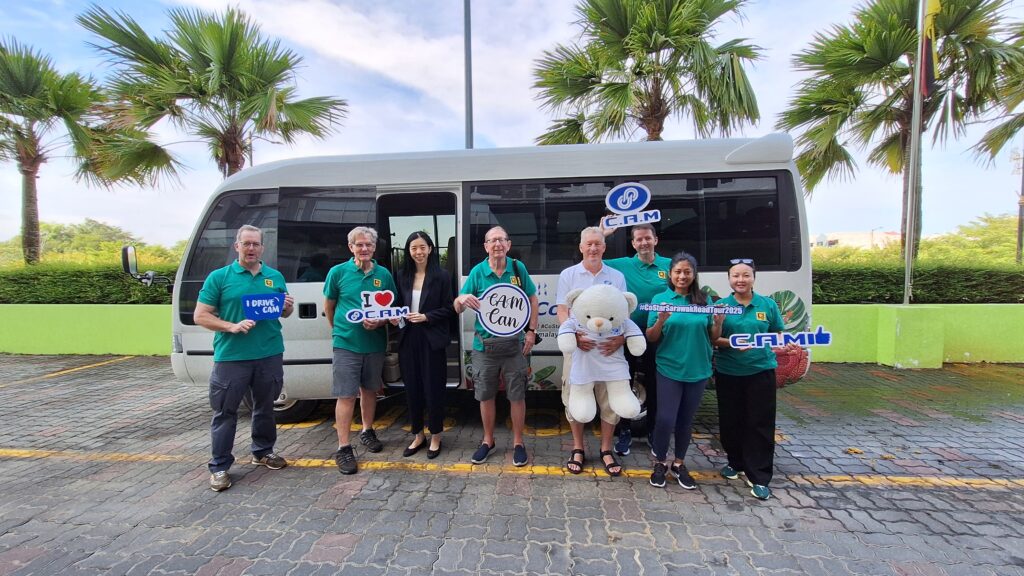
After a session with Stefan, one begins to see trucks differently. They’re not just machines on the road—they are carriers of life. And yet, society rarely acknowledges this. “The only job people associate with trucking is being a driver. But road transport is filled with opportunities—mechanics, software developers, logistics managers, data analysts.”
Stefan has made it part of his mission to shed light on these previously hidden facets. Through Asian Trucker, he has told stories from Taman Negara’s logging camps, profiled crane operators and container hauliers, and even snapped award-winning photos—like the “Majestic Mack”, the world’s most expensive truck, which made the cover of two issues (Singapore and Malaysia) and later won an award in the category of “magazine cover of the year” award.
Yet, I see that it’s not just about stories—it’s about stewardship.
As a German national, Stefan is frequently asked why he chose to stay in Malaysia. His answer, “Malaysia is a place that gives you the space to try something. He views his work not just as a business, but also as a contribution. From organising free first-aid training for truckers to covering road safety campaigns, Stefan’s approach centres on public good.
One particularly urgent topic he shared, is road fatalities. “Six to seven thousand people die on Malaysian roads each year. That’s just the fatalities. The number of disabled people after accidents is even higher. It’s an economic issue too. The estimated cost per fatality is RM3.5 million. That’s billions.”
By creating a platform for open dialogue—whether on standards, telematics, or road safety—Stefan has made his work more than a publication. He’s turned it into a catalyst for change.
Champion
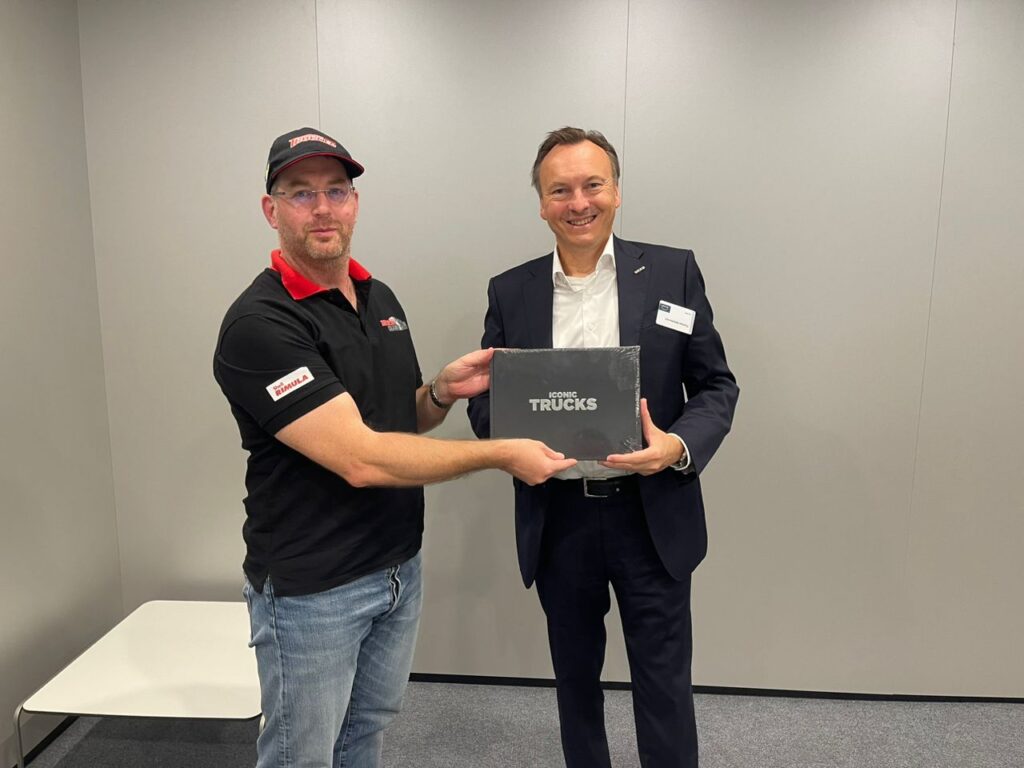
Over the past 15 years, Stefan has observed two major shifts.
The first is the rise of Sino truck brands. Their global expansion isn’t just about presence—it’s about access. These new entrants are introducing a wave of competitively priced vehicles, innovative design philosophies, and latest tech integrations that are propelling the industry to evolve at a faster pace, offering operators more choice and value than ever before.
The second is the digital revolution. “Telematics has changed the game. It’s not just about GPS anymore. It’s predictive preventive maintenance, driver behaviour analysis, CO₂ emission tracking.” Stefan shared how one Malaysian transport company utilised data analysts to reduce emissions, enhance driving behaviour, and save more money than the cost of hiring the analysts.
For Stefan, these shifts—technological and global—are not just trends to observe, but moments to document, understand, and honour. As the industry evolves, so too does the way its stories are told. And no project captures that intent more astutely than his book, ICONIC TRUCKS.
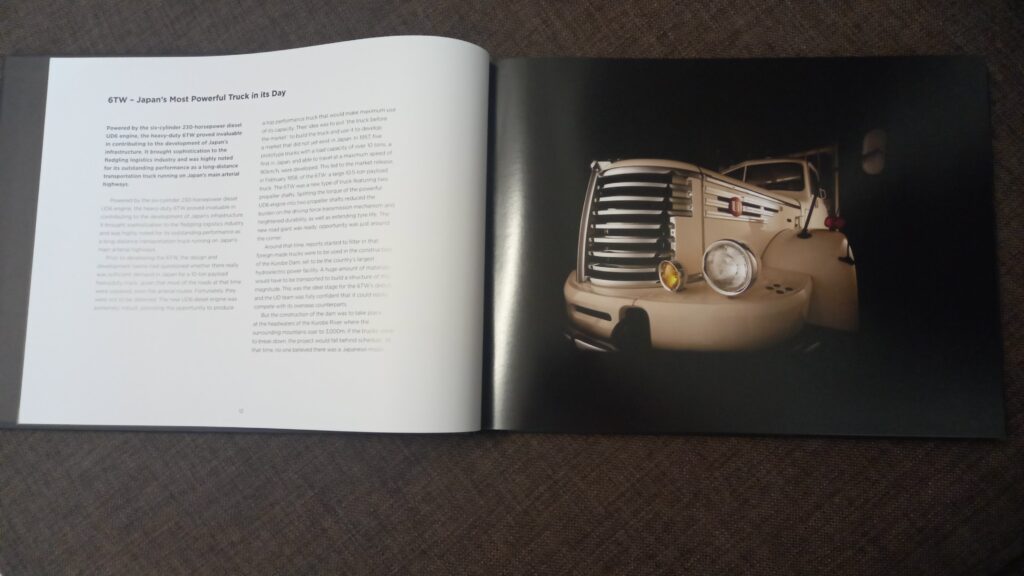
“The book features trucks which are icons in their own right, covering a wide range of applications and geographies,” Stefan shared. True to form, each entry is more than a spec sheet. Woven into the pages are history, emotion, and the context that gives each vehicle meaning.
Among the standout stories: The Majestic Mack on page 322, owned by the Sultan of Johor, Sultan Ibrahim Ibni Almarhum Sultan Iskandar Shah—now the King of Malaysia—whose striking truck graced the cover of Asian Trucker and earned Stefan a photography award. On page 288, ‘Ghost Trucks’ presents an eerie yet poetic tribute to the hidden existence of “true workhorses, without luxurious interiors, but are much needed,” he wrote.
More than an archive, Iconic Trucks is an invitation to a realisation of what drives our world. You’re a different person when you arrive at the last page, because of the machines and the immersive stories within them.
I.C.O.N.I.C
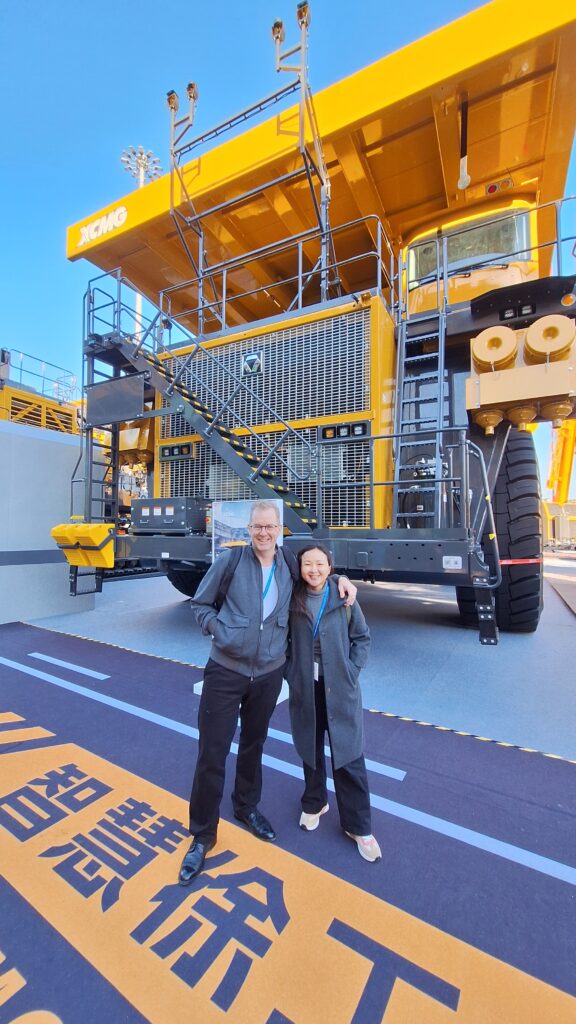
ICONIC. In many ways, Stefan’s journey mirrors the word itself, instinct followed by commitment, a sense of ownership, the patience to nurture, the courage to initiate, and the gentle persistence to champion voices that rarely get heard. Perhaps that is what makes his contributions iconic—not just the vehicles, but the path he’s taken to tell their story.
And Stefan’s not done yet. With every issue published, every exhibition staged, and every story unearthed from the untold corners of the industry, he continues to lay the groundwork for what commercial vehicles in this region can become—more connected, more recognised, and more human.


